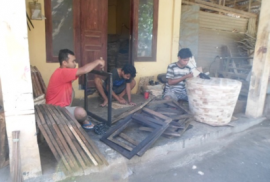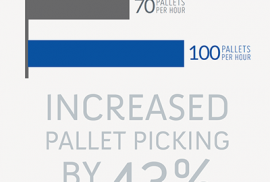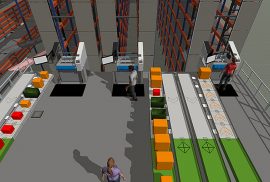(Case Study: IKM Matahari Craft)
According to Law and Kelton (1991), simulation method is needed because most real systems in the world are too complex to be evaluated analytically. Simulation method itself is a one of the most widely used technique in operations research and management science. It tries to estimate the characteristics of model by imitate the operations of various kinds of real world processes. Simulation offers several advantages such as, to study the behavior of a system without having to change anything in the real system, results are accurate in general, compared to analytical model, help to find unpredictable phenomenon and easiness to perform “What-If Analysis”.




